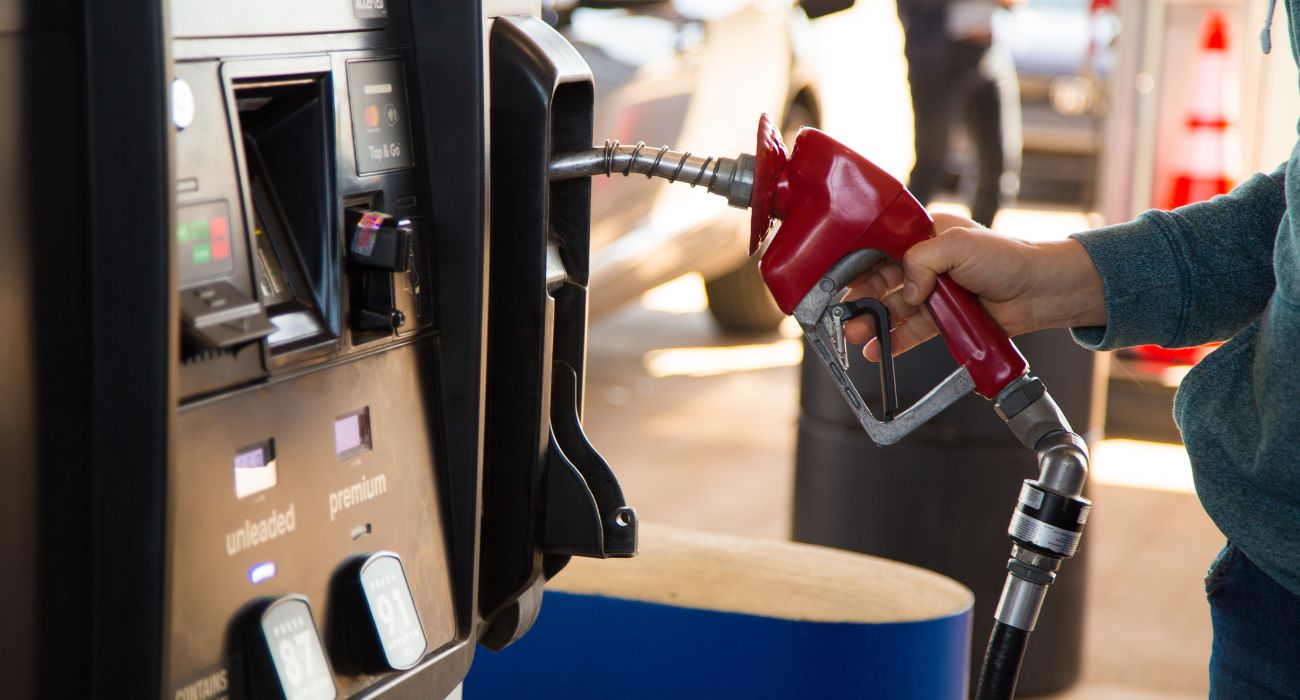As restaurants grapple with subpar service quality and dissatisfied customers, American dining culture is confronting a crisis, according to The Wall Street Journal.
With most dining establishments forced to shutter during the pandemic, the recovery of the industry has been hampered by staffing shortages and high turnover rates, the WSJ reported.
Neither has been aided by the increasingly disgruntled U.S. customer, who has grown much less tolerant of service issues than shortly after the pandemic lockdowns ended, as Dine Brands Global CEO John Peyton told the WSJ.
“They knew that we were understaffed. They knew that the people working in restaurants were probably new,” Peyton explained.
A national online survey conducted by food-service research firm Lisa W. Miller & Associates LLC in May found that 42% of diners were dissatisfied with the lack of staff.
The persistence of high prices and pandemic-era surcharges also plays a role.
As The Dallas Express recently reported, a survey from Bankrate found that two in three U.S. consumers dislike the practice of tipping.
One reason for tip fatigue suggested by the results was the rise of electronic payments during the pandemic.
Others mentioned were the murkiness surrounding services to tip for with the rise of ride-share services or curbside deliveries for take-out as well as gratuities being asked for services not usually requiring them.
The widespread integration of digital payments at registers automatically prompting customers to tip anywhere from 15% to 25% regardless of what’s being purchased is evidence of this trend.
Data from the U.S. Department of Labor demonstrate an average 5.2% increase in the hourly wage received by restaurant staff from April 2022 to April 2023, according to the WSJ. This means restaurants’ operational models in which sales cover labor expenses are no longer working.
“The math doesn’t work. You can’t run a restaurant the traditional way,” CEO of the restaurant chain Bartaco Scott Lawton told the WSJ.
To curb some of the problems related specifically to the ongoing shortage of skilled restaurant staff, some eateries have turned to technology, according to the WSJ.
Take for example the Union Square Hospitality Group, an operator of New York City restaurants.
Union Square has introduced handheld devices, enabling servers to focus more on customers rather than being tied to ordering systems. As Chip Wade, the company’s CEO, explained to the WSJ, investing in such technology makes the job easier for restaurant staff.







Trackbacks/Pingbacks